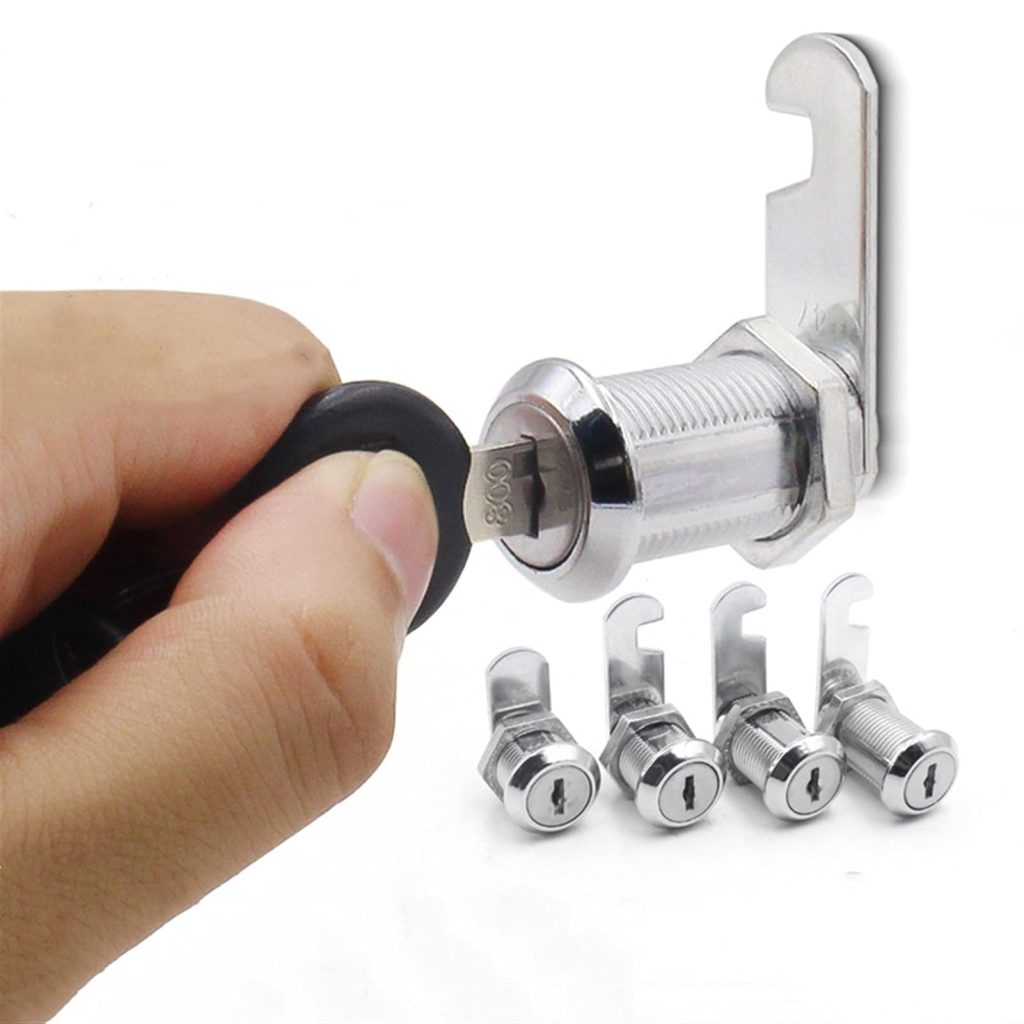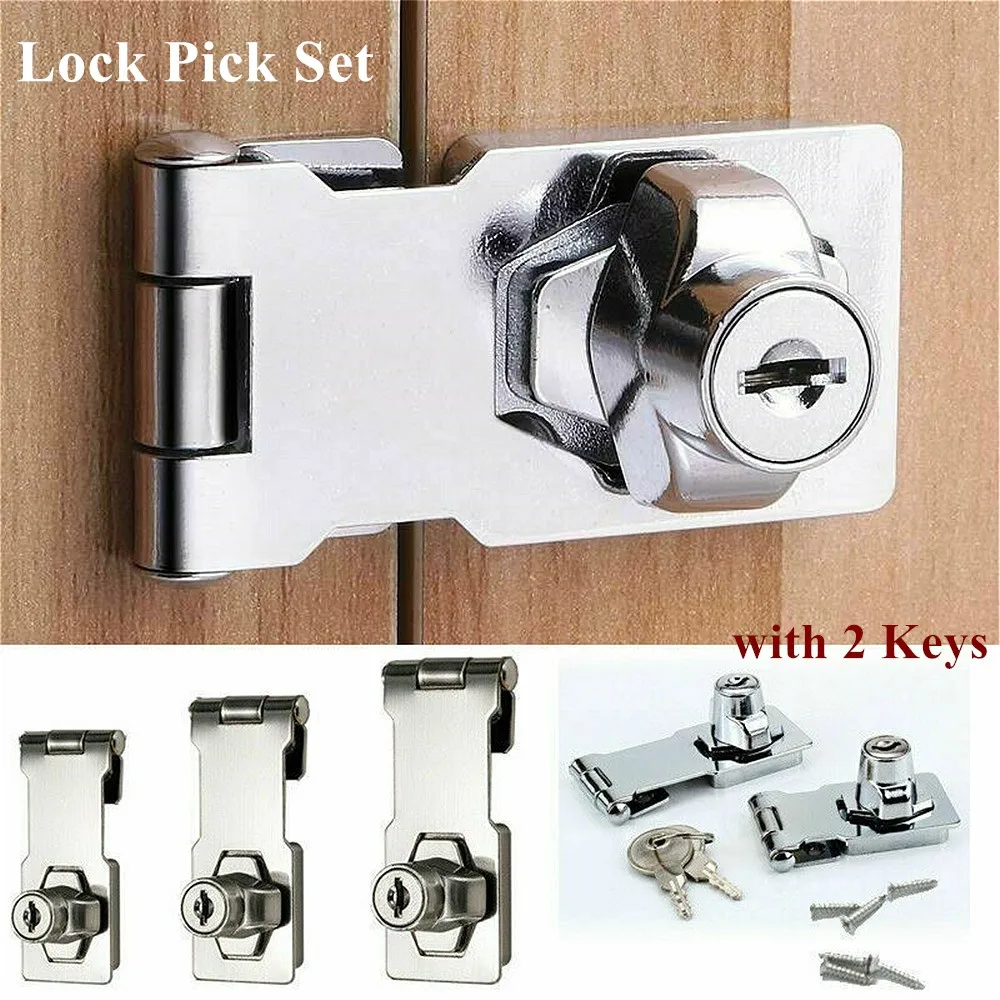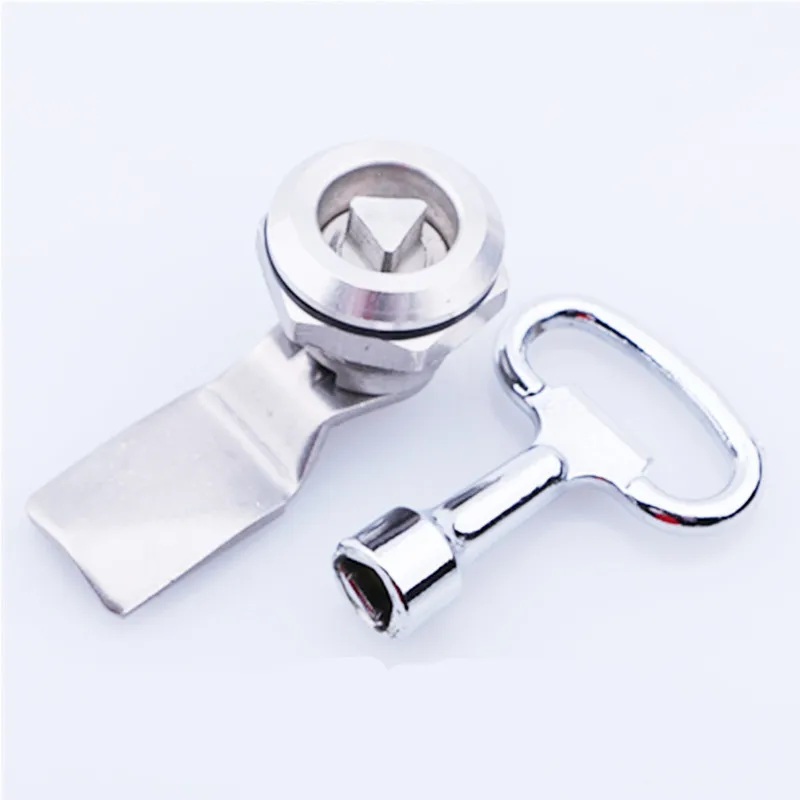Introduction: Understanding Locks and Their Mechanisms
Picking a cabinet lock might seem daunting, but it can be a useful skill to learn. Whether you’ve forgotten a key or need to access a locked cabinet, knowing how to pick a cabinet lock can save you time and frustration. Cabinet locks come in various types, each with unique mechanisms. Understanding these mechanisms is essential before attempting to pick a lock. This article will provide practical steps and tips on how to effectively pick a cabinet lock while keeping safety and legality in mind.
Types of Cabinet Locks
Pin Tumbler Locks
Pin tumbler locks are the most common type found in cabinets. They consist of a cylinder filled with pins that must be aligned correctly to unlock. Each pin is set at different heights, requiring the correct key to lift them to the shear line. This type of lock is popular due to its simplicity and effectiveness.
To pick a pin tumbler lock, you will need a tension wrench and a pick tool. Understanding how these locks function will give you a better chance of successfully picking them. Familiarizing yourself with the components will make the picking process easier and more intuitive.
Wafer Locks
Wafer locks are another common type used in cabinets. Instead of pins, they utilize flat wafers that move up and down within the lock cylinder. When the correct key is inserted, the wafers align to allow the lock to turn freely.
While these locks may seem simpler than pin tumbler locks, they still require specific techniques for picking. A unique pick tool may be needed to manipulate the wafers effectively. Knowing the type of lock you are dealing with is crucial for successfully accessing the locked cabinet.

Preparing for Lock Picking
Gather Your Tools
Before attempting to pick a lock, gather the necessary tools. For pin tumbler locks, you will typically need a tension wrench and a pick tool. Tension wrenches apply light pressure to the lock while you manipulate the pins. Picks come in various shapes, with the most common being the hook and rake picks.
For wafer locks, a flat pick tool designed for wafers is essential. Having the right tools enhances your chances of success. Ensure they are readily available and in good condition before starting your lock-picking attempt.
Find a Suitable Workspace
Choosing a suitable workspace is vital for successful lock picking. Select a well-lit area with enough space to work comfortably. Ideally, your workspace should be quiet and free from distractions, allowing you to focus on the task at hand.
Set up a flat surface where you can comfortably manipulate the lock. A steady hand is essential, and having all your tools laid out will make the process smoother. Taking care to create a conducive environment will help you concentrate and improve your chances of success.
Steps to Pick a Cabinet Lock
Insert the Tension Wrench
The first step in picking a cabinet lock, particularly a pin tumbler lock, is to insert the tension wrench into the bottom of the lock cylinder. Apply gentle pressure in the direction you would turn the key. This pressure is crucial for holding the pins in place as you manipulate them.
It’s important to find the right amount of tension. Too much pressure can hinder pin movement, while too little can cause them to fall. Experiment with your tension until it feels comfortable. This step lays the foundation for successfully picking the lock.

Use the Pick Tool
With the tension wrench in place, it’s time to insert the pick tool into the lock. Begin by feeling for the pins inside the cylinder. Use the pick to gently lift each pin one at a time. Your goal is to lift each pin to the shear line where they can no longer obstruct the lock’s movement.
Feel for the pins’ resistance as you work through them. A successful lift will usually cause a slight click, indicating progress. Be patient and take your time as you manipulate each pin. Moving too quickly can lead to frustrations or mistakes.
Common Challenges and Solutions
Identifying Binding Pins
While picking, you may encounter binding pins. Binding occurs when a pin is slightly above the shear line while others remain stuck. Recognizing binding pins is crucial for successful lock-picking. These pins will require additional attention and force.
To deal with binding pins, pay close attention to their feedback as you pick. Adjust your tension slightly to relieve pressure on the other pins. This technique can help free the binding pin, allowing you to lift it properly. Identifying and focusing on binding pins can make a significant difference in your success rate.
Maintaining Patience and Focus
Lock picking often requires patience and persistence. If you find yourself struggling, take a short break and return with a clear mind. Rushing the process can lead to mistakes and frustration. Instead, adopt a calm and methodical mindset.
If you reach a point of frustration, consider examining your technique. Slow down and observe if you are using too much or too little tension. Reflecting on your approach can lead to breakthroughs. Remember that practice makes perfect—a positive attitude can go a long way in mastering this skill.

Legal and Ethical Considerations
Understanding Local Laws
It’s essential to be aware of the legalities surrounding lock picking in your area. While it may be legal to practice on your own locks, unauthorized attempts to pick locks without consent can lead to criminal charges. Always ensure you have permission before working on someone else’s lock.
Familiarizing yourself with local laws can prevent potential legal issues. This knowledge underscores the importance of ethical behavior while honing your skills. Being respectful of others’ property forms a foundation of responsible lock picking.
Practicing in Safe Environments
Practicing lock picking in safe environments reinforces responsible behavior. Using practice locks or locks that you own is an excellent way to improve your skills without ethical concerns. Numerous online resources and kits allow you to practice lock picking legally.
Join lock-picking communities that emphasize responsible practices and ethical behavior. These communities can offer guided advice and support as you learn. Cultivating a respectful approach will ensure you build positive habits while improving your skills.
Advanced Techniques for Lock Picking
Raking the Lock
An advanced technique that many lock-picking enthusiasts utilize is known as “raking.” This method can be particularly effective for pin tumbler locks, as it allows you to manipulate multiple pins simultaneously. To rake a lock, use a rake pick rather than a single hook pick. Insert the rake into the lock and pull it back and forth quickly while maintaining light tension with your tension wrench.
The key to raking is a rhythmic motion that engages the pins and encourages them to align at the shear line. It’s often faster than picking each pin individually, making it a popular choice among experienced pickers. However, remember that success with raking can depend on the lock’s quality and design. If you’re still struggling, don’t hesitate to return to traditional picking techniques for a more methodical approach. Mastering raking will add another tool to your lock-picking toolkit.
Conclusion: Mastering the Art of Lock Picking
In conclusion, picking a cabinet lock can be a valuable skill, whether for everyday convenience or emergencies. Understanding different types of locks, gathering the right tools, and practicing essential techniques is crucial for success.
Patience, focus, and ethical considerations must be maintained throughout the process. By approaching lock picking with respect and responsibility, you ensure a positive learning experience.
As you practice and hone your skills, remember that mastery comes with time. Embrace the journey of learning and practice responsibly. With the right mindset and dedication, you can successfully learn to pick locks with confidence.


